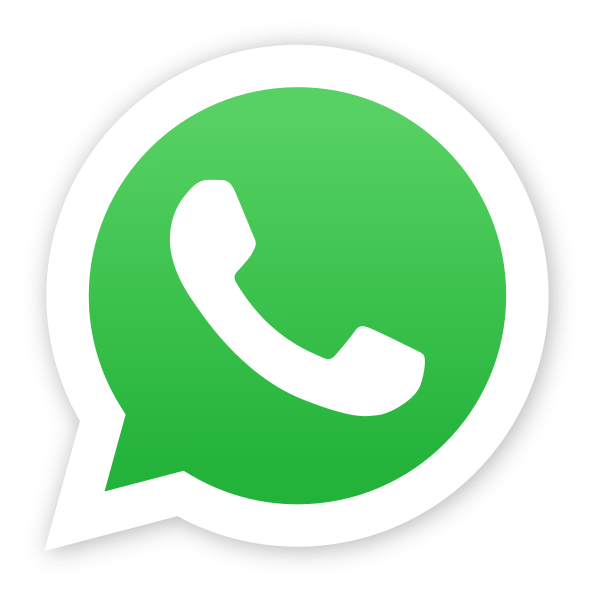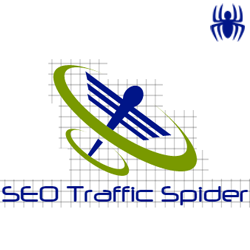


Setting up your cold email marketing campaign is a system that has to be well thought of, before executing it. The goal is to ensure that your prospects are Opening your email, Reading it and then Replying to you. So how do we make this happen? There are five main stages, which are as follows:
Email Stage:
It’s important that you don’t send emails from your primary domain but buy a new domain. For example if your primary domain is www.seotrafficspider.com you can now buy www.seotrafficspider.co.in or any other available extensions. By doing this you will not be risking the reputation of your primary domain. Now we will create a separate mailbox for this new domain which is meant for executing outbound emailing campaigns. This done to ensure that the emails are not considered as spam, either by the spam bots of the receiver of the email as these are unsolicited emails.
Another reason to support the creation of a new email through a new domain is the measurability of marketing efforts and keeping your primary domains inbox clean. I would suggest you to use Gmail (G Suite), but you reserve the final choice. While setting up your email account do use your real name and also mention it as your alternative email address on LinkedIn. Fill out your complete data in your Gmail account and your image to it as well. Create your email signature
Setting up the DMARC Record Stage:
The latest and most advanced form email authentication is obtained through DMARC – Domain-based Message Authentication, Reporting and Conformance. DMARC has 2 key values which are domain reporting and alignment. DMARC guarantees that real email is appropriately confirming against set up DKIM and SPF norms, and that false action seeming to come from domains below the group’s control is stopped. These could be non-sending domains, active sending domains or even cautiously registered domains.
The DMARC’s alignment key stops the tricking of the “header from” address by:
Why it makes a difference is because DMARC is the only deployed technological innovation that can make the "header from" address reliable. In addition to the fact that it protects your brand and customers, but it also debilitates cybercriminals who are less inclined to pursue a brand with a DMARC record.
Warming-up your Email Address Stage:
When your email is set up, you need to warm it up. Gather email addresses of people known to you – B2C and business – B2B. Just send them an email and correspond with them on your new email address. A little professional tip here: make use of different hosts, like Yahoo, Outlook, Gmail, etc. Do this four weeks before your email is warmed up completely. I would personally recommend not more than 10 emails per day, during the warm-up stage. You need to prove to the Google algorithm that you’re a real person and not a spammer.
Tip: Do two things:
1) Sign up to ten newsletters, and
2) Send 10 emails to friends or other emails you own - and reply to all of them
Prospecting Stage
You know your niche, as you have identified where you can add value to your prospective clients. Now go to their website, research their case studies if any, and try to find out what are they selling and to whom. From their existing clients you will know why they are using their products/services. So now you have the Offer and the Niche. You don't want to re-invent the wheel. You want to build a rocket ship to get you results, and that’s where Cold Emailing pictures in. Cold Emailing, is a process where one researches their prospects, their business, their website, their employees, and the kind of services and products they are offering and then identifies a solution to enhance their business.
Emailing Stage:
A cold email has four parts. They are as follows…
Part 1: The Subject Line => Quick question about {CompanyName}}
Part 2: The First Line: Your first line needs to have two things: 1) A first name. 2) A compliment.
Part 3: The Angle: The angle is the hook. The reason why they’d be interested. What you can do for them.
Part 4: The CTA: Ask them for a call, and don’t redirect them to a link.
Now that you have the blueprint with you, you can do it yourself or you can hire-us where we will do the following for you:
You can reach out to me:
Farazdak Nasrullla
Digital Marketing Consultant/Strategist - The Nerdy Spider
Give me a Call or WhatsApp: +91 9949673786
Email: farazdak@seotrafficspider.com
For a Confidential, No Obligation Consultation!
